LUT (Look Up Table) is a definition that every filmmaker should know and be familiar with its theory, applications and implementations in real-world scenarios. MZed educational platform together with AbelCine went down to brass tacks to teach you the essentials of how to utilize LUTs correctly throughout your production and post-production.
LUT= Look-Up Table
To simplify the definition, a LUT can be described as a mathematical formula with input and output values. Think of it as a conversion table where initial values are transformed (by a specific formula) to new values. However, how does this formulation translate to colors? It’s down to the pixels. Each pixel has three color values (R, G, B). Let’s take for example 10 bit image, which has a code value form 0 to 1023. A single color is specified by all three values: R (1023,0,0), G (0,1023,0) and B (0,0,1023). White is (1023,1023,1023) and black is (0,0,0). These colors can be converted to different values according to specific needs. For instance, LUTs can be utilized to make a creative decision onset (Show LUT) and to be baked into the camera while shooting. One of the most common usages of LUTs is for layering purposes. Check out slide below which demonstrates the utilization of multiple layers of LUTs to manipulate camera output (technical conversion + applying creative look). For more mathematical facts and geeky stuff go and watch AbelCine chapter one (first module) that deals with 1D versus 3D LUTs and their implications regarding the filmmaking process.
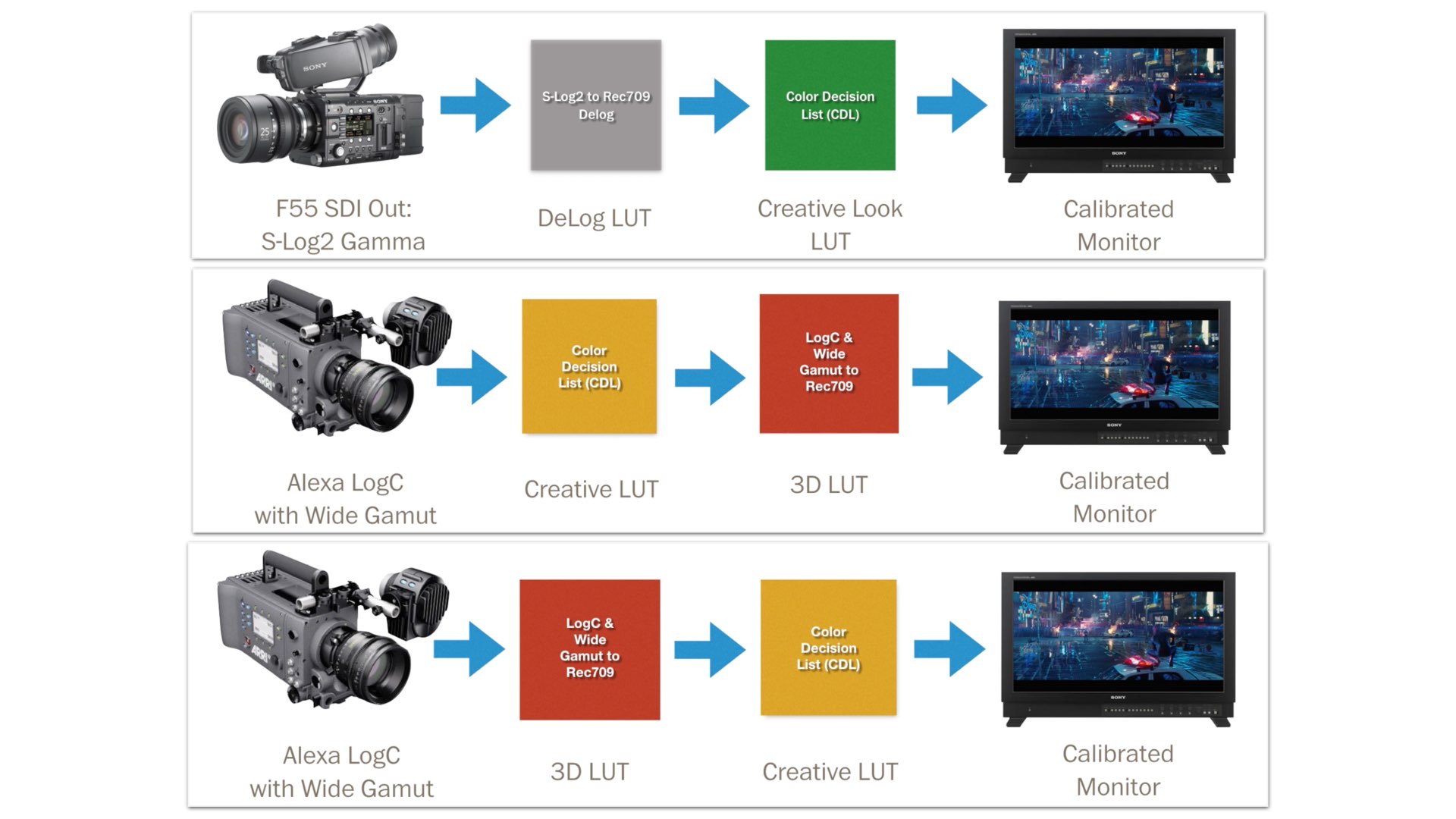
DIT (Digital Imaging Technician)
We wrote an in-depth article about the function of the DIT on the set of ROCKETMAN’s, with some tips and techniques regarding optimal workflow. Furthermore, we covered the DIT blockbuster process. Click here for the article. Also, check out our slide below which demonstrates the blockbuster workflow as describes by ROCKETMAN’s DIT Joshua Callis-Smith. As such, the module of the course focuses on how to create LUTs on set and how to use them in the post environment.
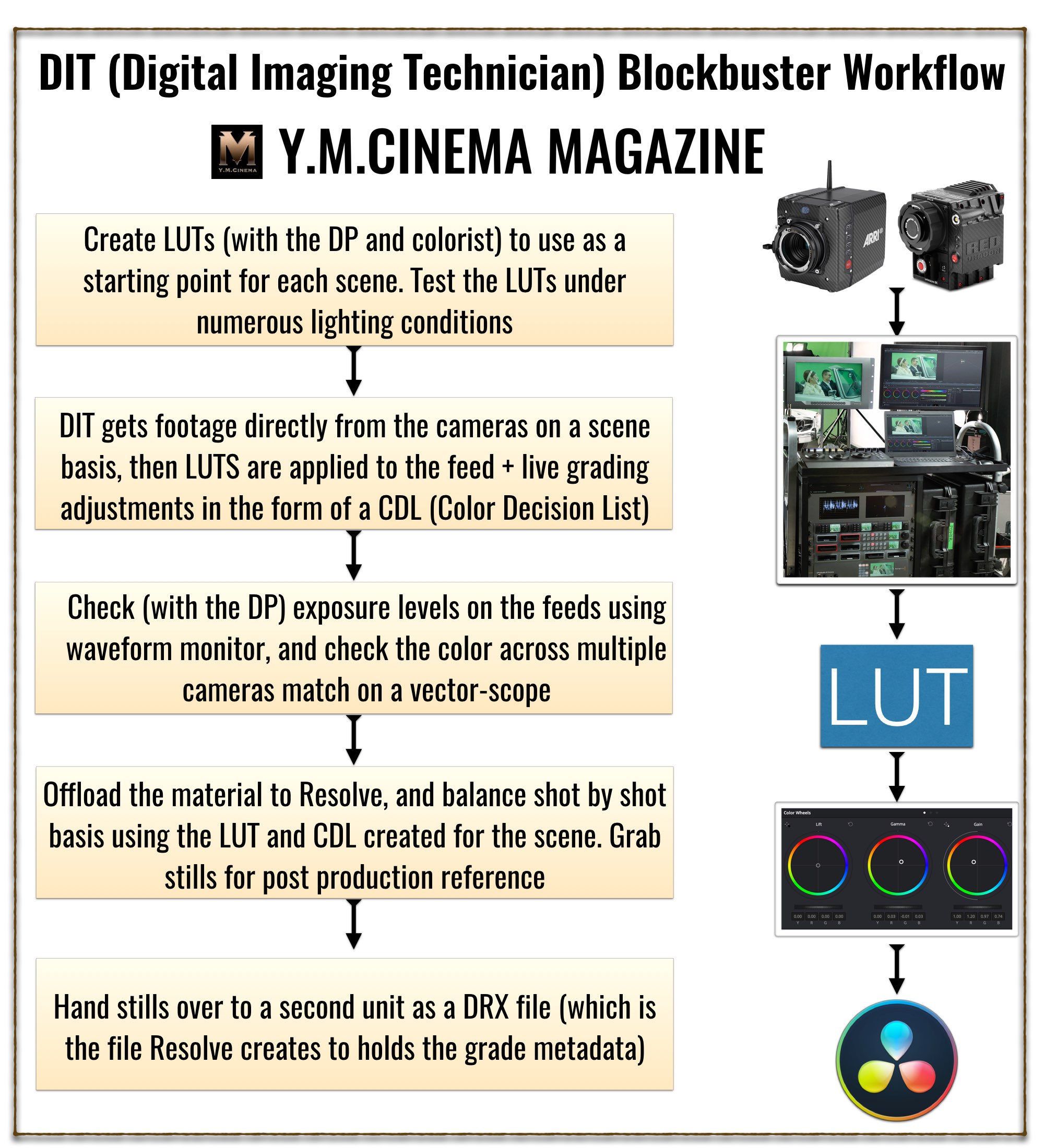
On-set practices
This module discovers how LUTs are created on-set for both de-logging and creativity inside LiveGrade, and how to import those looks into your camera. Most of the session focuses on Pomfort LiveGrade which is the standard software for look management on set. Note that this is not a chapter on color grating tips and techniques. In order to understand and implement color grading methodologies, you should check the MZed’s Mastering Color course which professional colorist Ollie Kenchington educates and demonstrates the art of color grading and how it can be implemented on a project. We’ve reviewed this course as well (click here to read our in-depth review). The most interesting part of this module is the demonstration of loading the generated LUT into ALEXA and activating it. Also, the module shows and explains the ARRI Color Tool. However, in case you’d like to dive dipper into what ARRI has to offers in regard to looks and post-production workflow, explore module seven in the ARRI Certified Training Course that deals specifically and comprehensively regarding ARRI’s workflows for managing color including in-camera, off-camera, during post-production and even live-grading on set. By the way, we reviewed this course here as well (click here for the review).
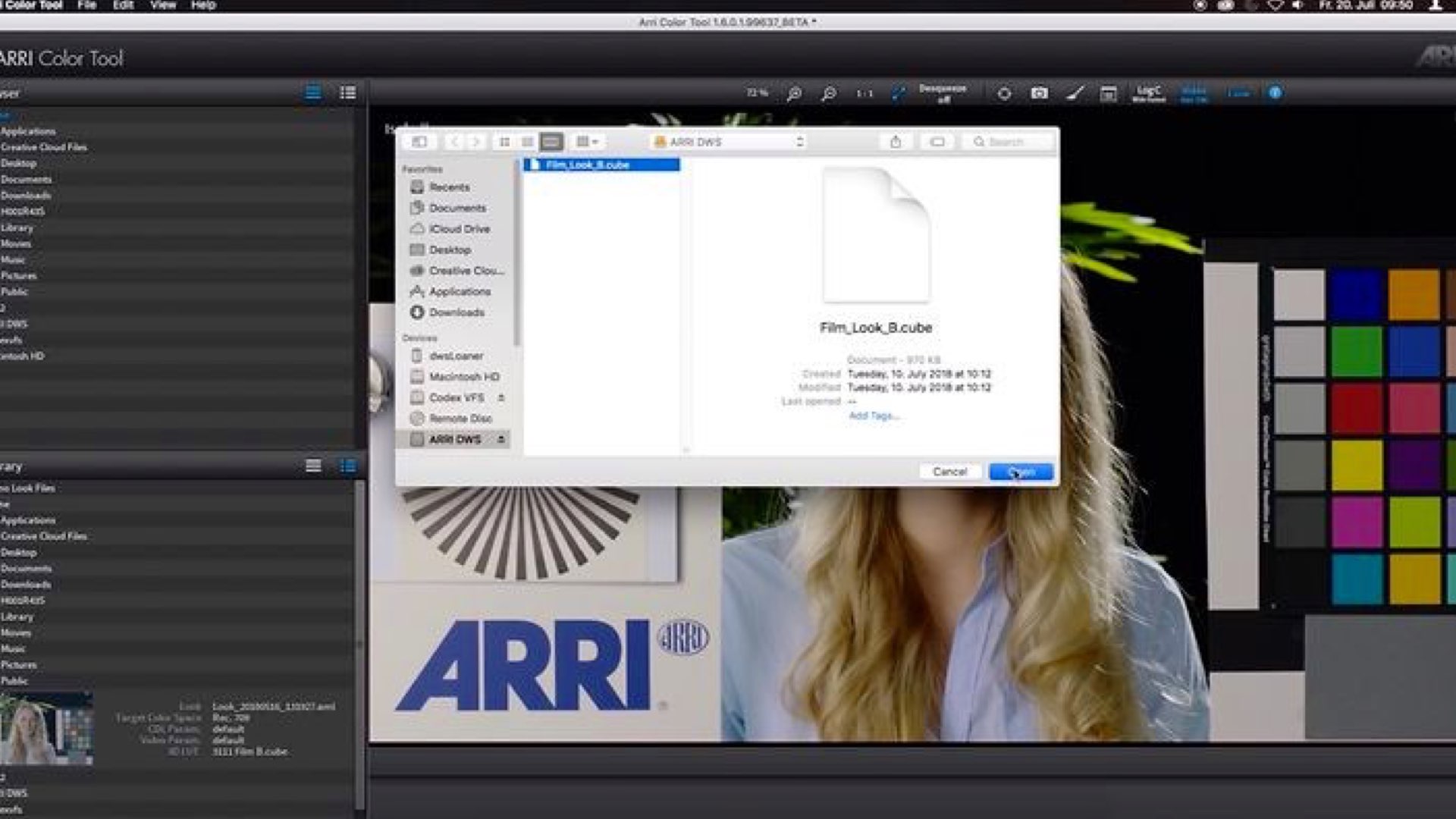
Post-Production Workflow
This part is dedicated to post-production workflow in DaVinci Resolve, so you can get to know the software regarding its ability to generate LUTs. However, for those who are eager for a deeper understanding of the LUTs option in Resolve, go check module 6 in Mastering Colors course that concentrates on how to create those looks inside Resolve.
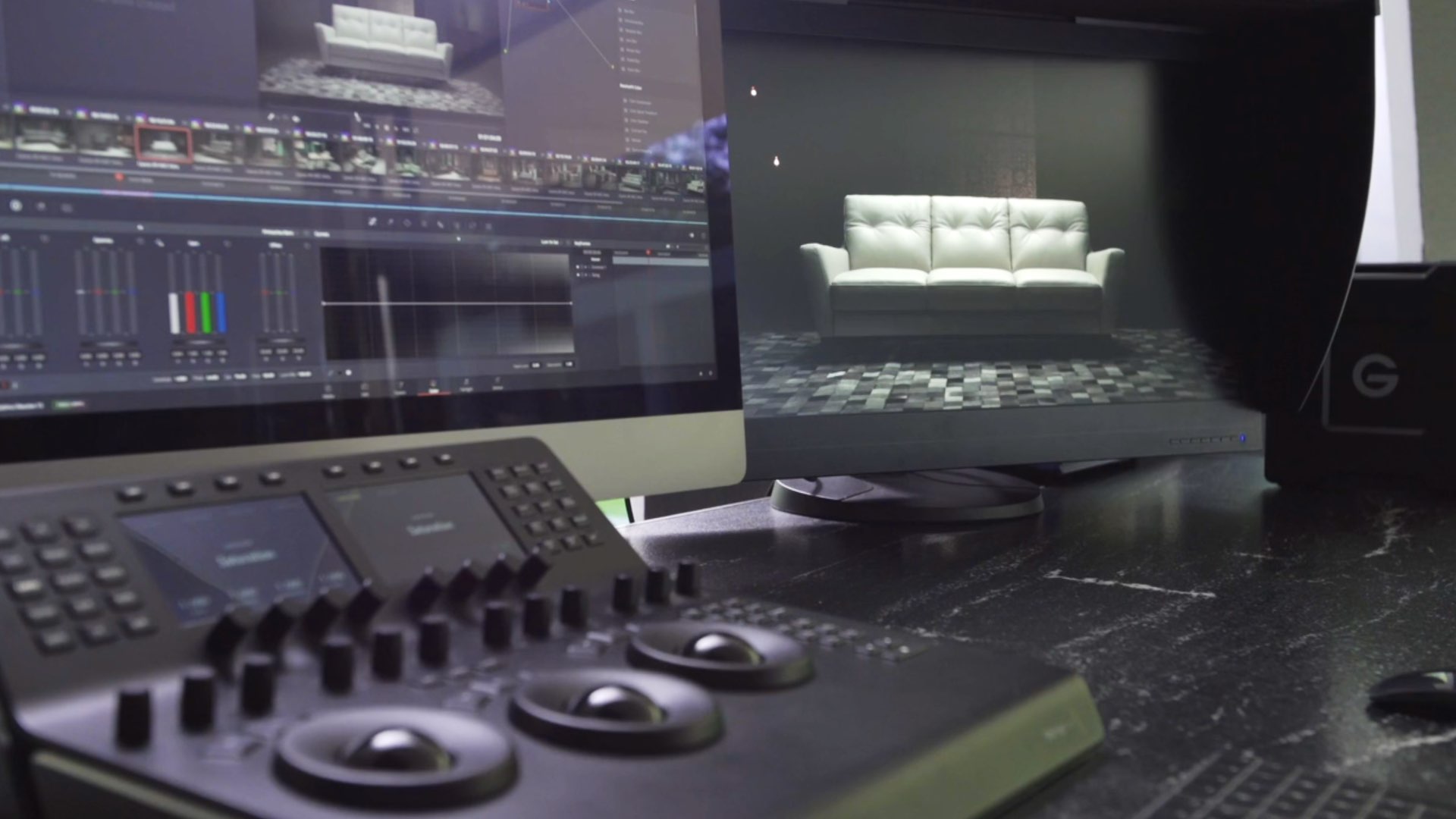
Final insights
Although Understanding LUTs is not a new course, it’s an essential piece of information every filmmaker should be aware of. There are numerous resources out there that educate about the applications of Look Up Tables regarding filmmaking and cinematography. Moreover, the best and most professional way to work with LUTs is to be familiar with color grading and workflow. Thus, Understanding LUTs can be defined as a decent completion to the Mastering Colors course and the ARRI Certified Training, which both of them are on MZed.

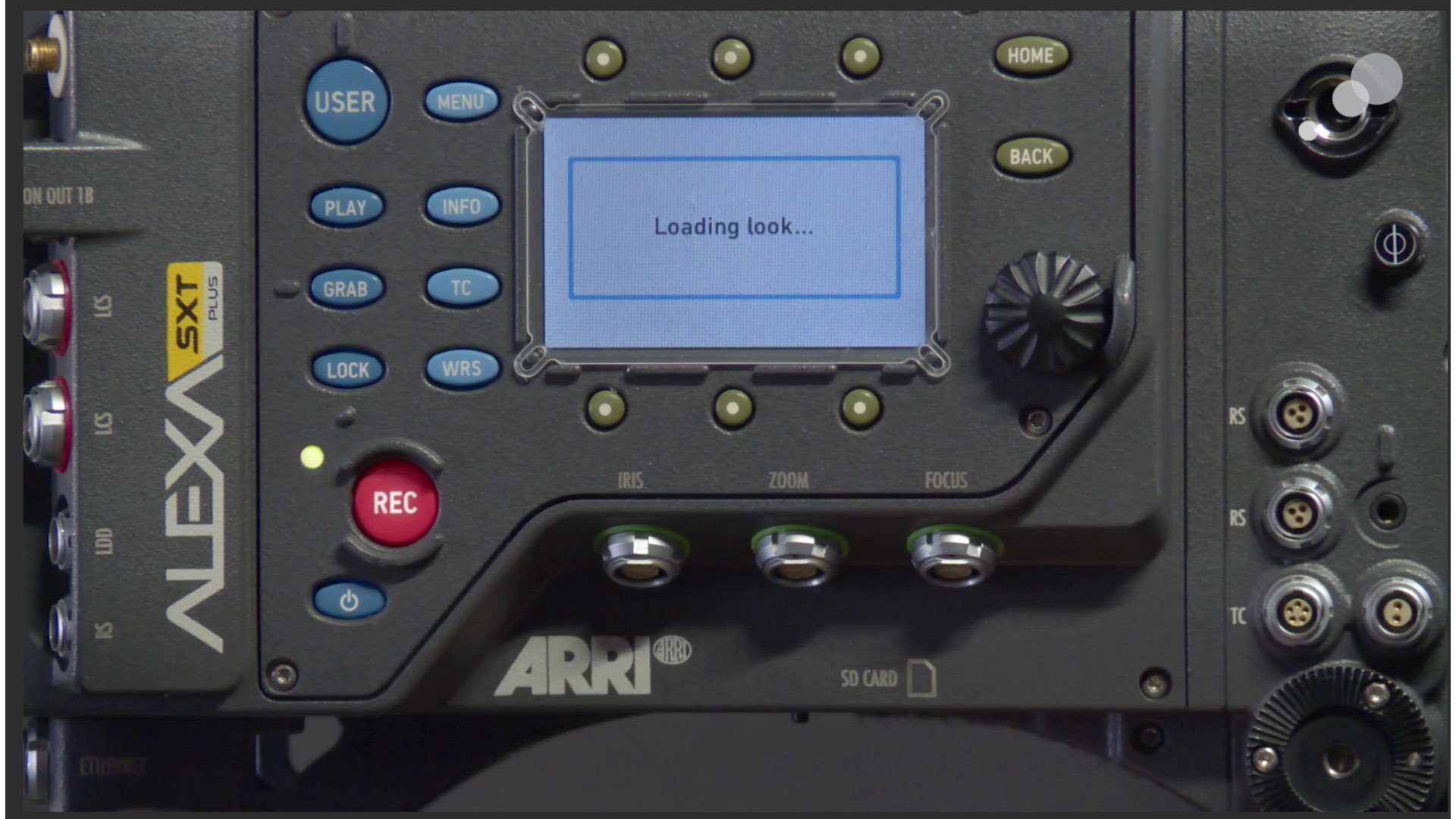





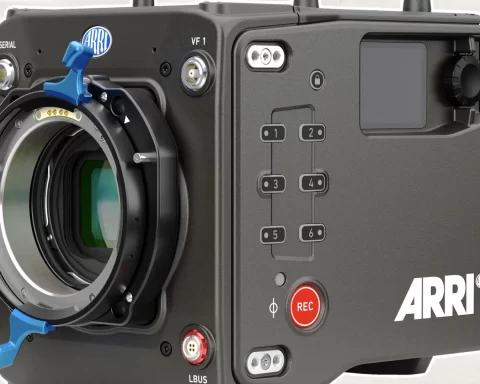

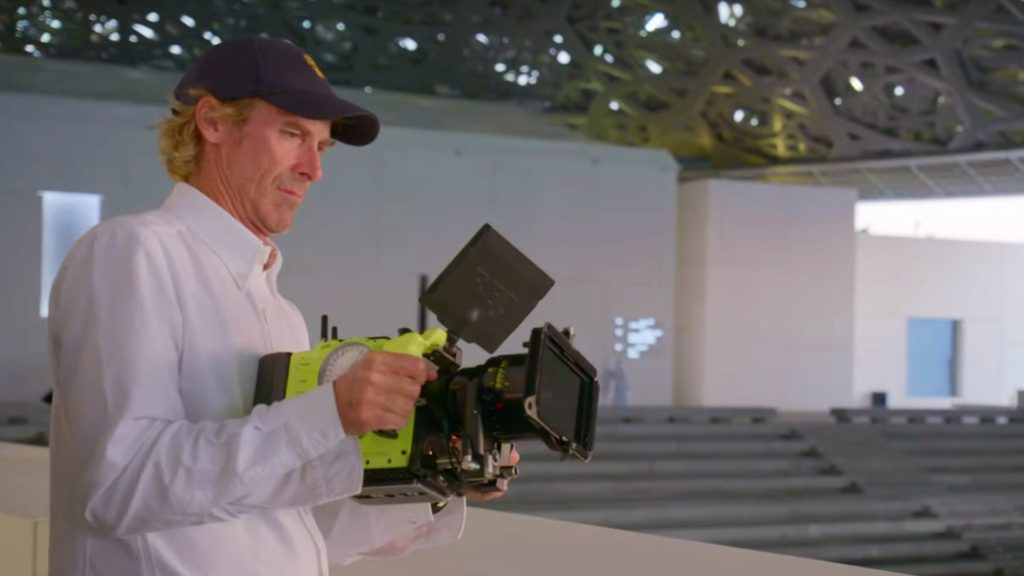
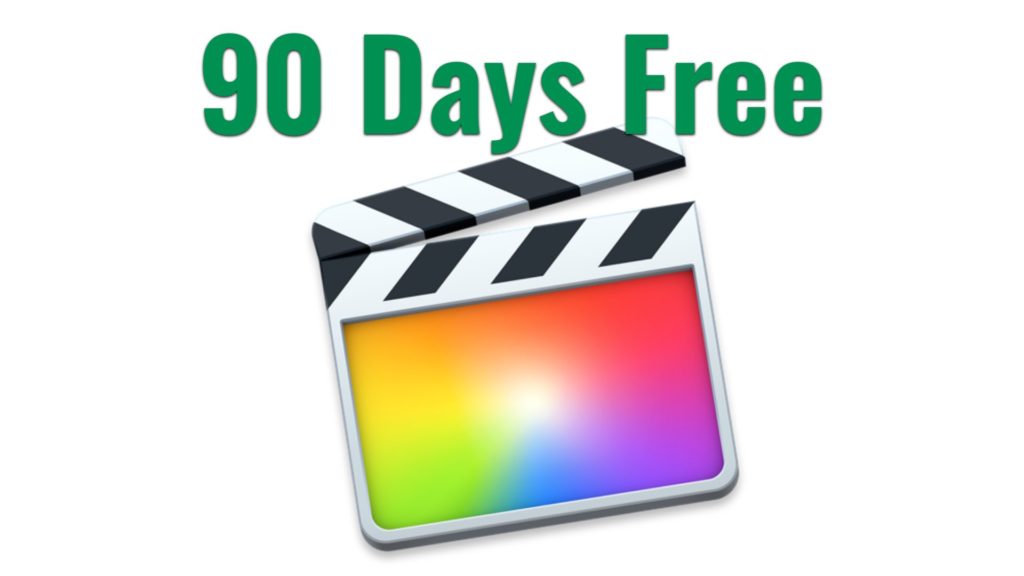





[…] LUT (Look Up Table) is a definition that every filmmaker should know and be familiar with its theory, applications and implementations in real-world scenarios. MZed website together with AbelCine went down to brass tacks to teach you the essentials of how to utilize LUTs correctly throughout your production and post-production. Read our review. […]